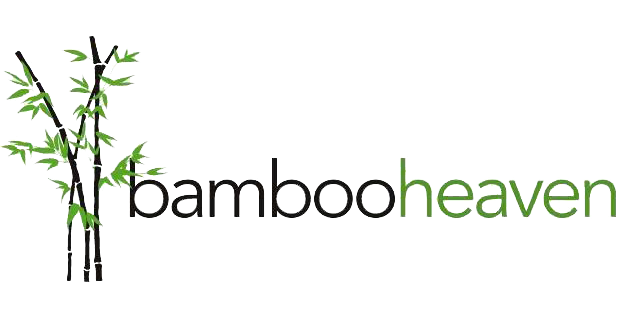National honey library to prove authenticity of Tasmanian leatherwood
By Erin Cooper
Leatherwood flowers are a vital resource for Tasmania's honey industry.
As Lindsay Bourke pulls a frame from one of his beehives in Tasmania's north, he is pleased with the progress for this time of year.
Surrounded by bees and eucalypt trees, he delicately pulls at the combs of stringy leatherwood honey. He says there is more than he had expected, which bodes well for the coming months.
To the untrained eye, leatherwood looks much like other honey, but in fact it is a premium product produced only in Tasmania's rainforests that sells for about double the price.
"It's such a beautiful, strong and distinctive honey," Mr Bourke says.
Mr Bourke has been making the liquid gold for decades while winning prizes along the way, but he and other Tasmanian beekeepers can only produce so much.
"In Tasmania we can only put about 20,000 hives in the rainforests every year and there's limited sites that are all taken up," he said.
"So we can only produce 1,000 tonnes a year."
That has created high demand for Tasmanian leatherwood, which some overseas producers have chosen to exploit by diluting pure leatherwood or mislabeling blends.
"A few years ago I sold 1 kilogram pails and some bulk honey in drums, and someone reported to me they'd seen my honey in 3kg pails. So these people had produced the buckets and the labels and put it together," he said.
"I don't know what was in that honey."
Mr Bourke said the situation is quite bad in some countries.
"Rice syrups are hard to detect and they mix it in to make a fraudulent honey and sell it as the premium stuff."
National honey library to stamp out fakes
On the other side of the country, Liz Barbour lives and breathes honey at the University of Western Australia in Perth.
She is the CEO of the Cooperative Research Centre for Honey Bee Products, which is funded by both industry and government to set benchmarks for honey quality and research varieties from across Australia.
Dr Barbour is developing an industry-first national "honey library" to trace honey provenance from hive to
Her work includes the national honey library, where producers send in samples of their honey for cataloguing, making it easier to spot fakes.
"With this database, we're really building up a catalogue to check against so we get a good understanding of what is normal," she says.
"In the end, we really want that when you pick up that jar of honey, that you can be assured that the label reflects what it actually is."
The focus on honey traceability came about, at least in part, because of allegations in 2018 that major producer Capilano was selling adulterated honey.
The company was cleared of any wrongdoing following an investigation by the Australian Competition and Consumer Commission.
"What it did show to us is that there was nothing to protect us in terms of our quality control," Dr Barbour says.
The Tasmanian arm of the research is being done by Sandra Garland at the University of Tasmania's Institute of Agriculture.
"This whole project is about how do we prove that this honey is not from Australia, that this honey is a fraud," Dr Garland said.
"To do that, we need to characterise our own honey. We have to establish the characteristics of leatherwood honey and what makes it so special.
"Its taste, its smell, its sugar content, how bioactive it is: all these different qualities need to be established, and then the honey library is to set a benchmark."
Mr Bourke says the work will help protect the reputation of his honey.
"We don't want the end purchaser to buy honey with leatherwood on it and think it's a very mild-tasting product when in actual fact it isn't."
"It's a pristine honey, very active and beautiful-tasting and we want to make sure that what's on the label is what's in the jar."
Research key to greater returns
While Tasmanian leatherwood attracts a premium price, researchers and producers agree it is not nearly enough.

